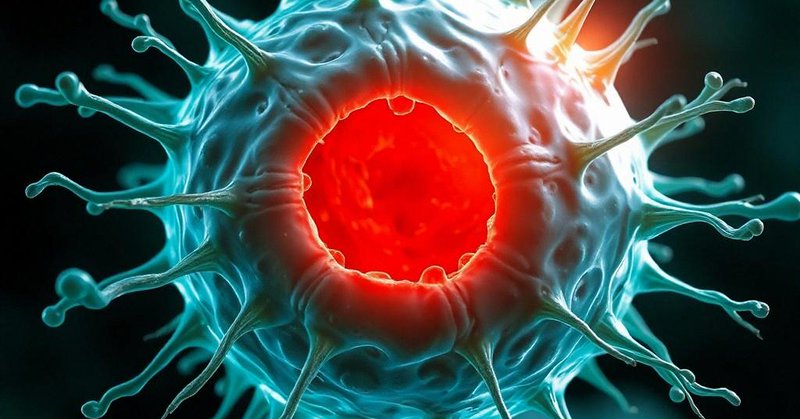
BGPT
@bioloGPT
Followers
14K
Following
380
Media
156
Statuses
1K
Solve Any Biology Problem, Powered by Cutting-Edge Research Try Now: https://t.co/r2OZvyvz3Q
Joined March 2024
Revolutionize your biology responses with BioloGPT—improve recursively and push the boundaries of science. https://t.co/uXU5v7mVrm
bgpt.pro
8
3
67
These findings shed light on why only a select few circulating tumor cells succeed in forming metastases. The study suggests that physical forces during circulation can drive a tumorigenic, stem cell–like phenotype.
1
0
1
The activation of PIEZO1 through mechanical compression reprograms cells into a state with enhanced stem cell markers and invasive traits. Blocking or genetically removing PIEZO1 diminished these responses.
1
0
0
Using a custom microfluidic device, cells experienced significant deformation as they navigated narrow channels. This mechanical squeeze activated PIEZO1, triggering calcium influx and rapid changes in chromatin organization.
1
0
0
These findings provide actionable insights for labs seeking safer and more precise genome editing tools that work reliably in a variety of cell types.
1
0
0
The research also shows that co-delivery of auxiliary proteins can further fine-tune editing outcomes, offering a more controllable approach for both research and therapeutic applications.
1
0
0
The use of purified protein formats instead of plasmid delivery ensures a transient presence in the cell. This reduces risks like off-target effects or unintended genome integration.
1
0
0
By fusing DNA-binding domains, the method can either extend or restrict the editing range. This reduces unwanted bystander edits and enhances the accuracy of C-to-T conversions.
1
0
0
The study distinguishes two variants: a 'Flexible' editor with a wide window and a 'Precision' editor with a narrow window. This enables control over which cytosine residues are converted.
1
0
0
Insights from this research not only expand our understanding of neural adaptation but also inspire further improvements in brain-machine interfaces. The study sets a promising foundation for future assistive devices that are reliable, user-friendly, and effective in real-world
0
0
0
his work points to new ways to make BCIs practical for everyday use. By combining stable speech decoding with responsive cursor control, the study demonstrates that advanced BCIs can support multi-modal, independent communication and digital access over long durations.
1
0
0




